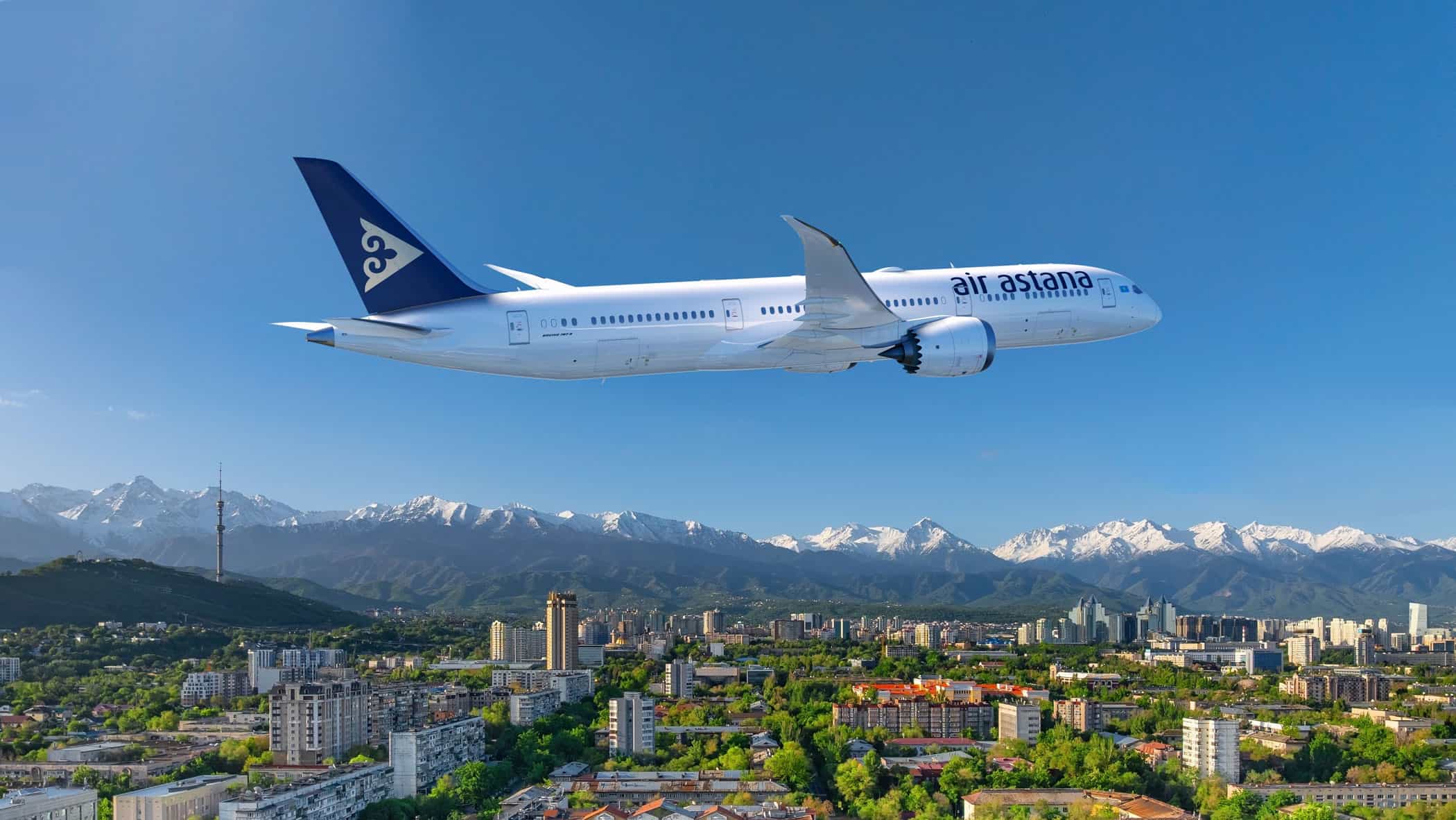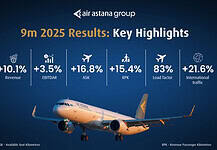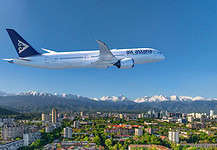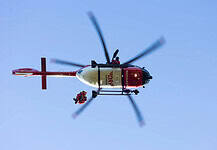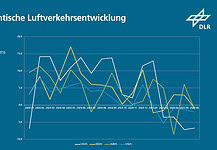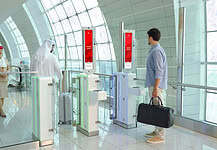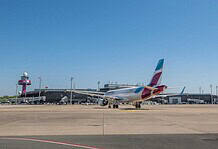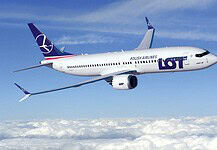This site is also available on:
Deutsch
Overview of passenger volume and freight development
In July, remarkable traffic statistics were recorded at Europe‘s major aviation hub, Frankfurt. With passenger traffic of 6.1 million, the airport performed significantly better than the previous year, recording growth of 1.6 percent. Travelers’ preferences increasingly focused on European holiday destinations, particularly in Greece, Italy, and Spain, which boosted demand for tourist air connections. In addition to European short-haul flights, intercontinental routes also saw increased momentum, with routes to Thailand and East African destinations gaining significant popularity.
Cargo volume, a key economic driver of airport operations, increased by 3.7 percent to a total of 179,055 tons in the reporting month. This growth reflects consolidated logistics performance despite challenging market conditions. The number of flight movements – indicative of the airport’s operational capacity – reached 42,657, representing an increase of 5.3 percent compared to the same month last year. Maximum takeoff weights also increased by 2.3 percent to approximately 2.6 million tons, reflecting the increased use of larger aircraft and increased cargo capacity.
Developments at international investment airports
In addition to the main hub in Frankfurt, various international airports also recorded significant increases. Ljubljana Airport in Slovenia recorded encouraging growth of 12.2 percent to 181,599 passengers. This significant increase underscores the airport’s growing importance as a regional connecting hub.
In South America, growth at the Brazilian airports of Fortaleza and Porto Alegre stands out. Passenger traffic increased by 1.3 million, representing an extraordinary increase of 96.9 percent. This increase is attributable to a one-off effect: In the same period last year, massive flooding around Porto Alegre led to the airport being closed for months, severely impacting traffic volumes. The recovery in flight operations is thus clearly reflected in these figures.
Lima Airport in Peru also recorded passenger growth of 5.4 percent to approximately 2.3 million travelers. This development is an indication of the increased demand for air traffic in the region and the airport’s positioning as an important hub.
The Fraport Group operates 14 airports in Greece, which welcomed 6.6 million passengers in July. This represents growth of 2.4 percent, attributable to the continued attractiveness of travel destinations within the country and a stable economic situation.
The so-called Twin Star Airports of Burgas and Varna in Bulgaria welcomed 828,538 passengers, representing a moderate increase of 4.0 percent. This growth reflects the increased tourist and business travel frequency in the Black Sea region.
The Turkish airport of Antalya remained almost unchanged compared to the previous year with approximately 5.6 million passengers, thus proving itself to be a stable market player despite international fluctuations.
Overall outlook and economic significance
Cumulative passenger numbers at Fraport’s actively managed airports totaled approximately 22.9 million in July, representing an increase of 4.6 percent compared to the same period last year. This development underscores the continued recovery and expansion of the aviation industry as the economy continues to return to normal after the pandemic-related crisis.
The increased volume on various continents demonstrates the global reach and success of Fraport’s business model. It validates the management and strategic involvement of international airports, although different market conditions such as regional economic developments, tourism dynamics, and infrastructure challenges have specific impacts on passenger and cargo figures.
The positive developments in cargo volumes within global supply chains underscore the role of airports as multifunctional transport hubs, essential not only for passenger transport but also for economic development. The expanded capacity in flight movements underscores the excellent operational performance of airports, with efficiency improvements and technological innovations making an important contribution.
Conclusion: Economic dynamism and growth potential in international airport operations
The latest traffic figures impressively demonstrate the current strength of demand for air travel, both in Europe and globally. In particular, the growth in passenger numbers at the Group’s portfolio airports demonstrates that structural adjustments and investments in infrastructure are bearing fruit and creating new market opportunities. The robust development at Frankfurt Airport is a key indicator of the steady progress in international air traffic.
Furthermore, the positive changes in the cargo segment are an important pillar for the profitability of airports. The increase in cargo handling volumes allows for improved logistics solutions, changing trade flows, and increasing integration into global value chains. The consistent increase in maximum takeoff weights signals a successful adaptation to the needs of modern air traffic and a growing importance in freight transport.
Finally, the differentiated developments at the respective locations demonstrate the need for a targeted regional strategy that takes local market characteristics into account. Through its strategic activities, Fraport not only contributes to the mobility of millions of travelers but also promotes economic stimulus and tourism appeal in the various regions.
The overall picture thus shows a healthy and sustainable expansion in the aviation sector, which offers future prospects with growth potential for the coming months despite challenging global conditions.

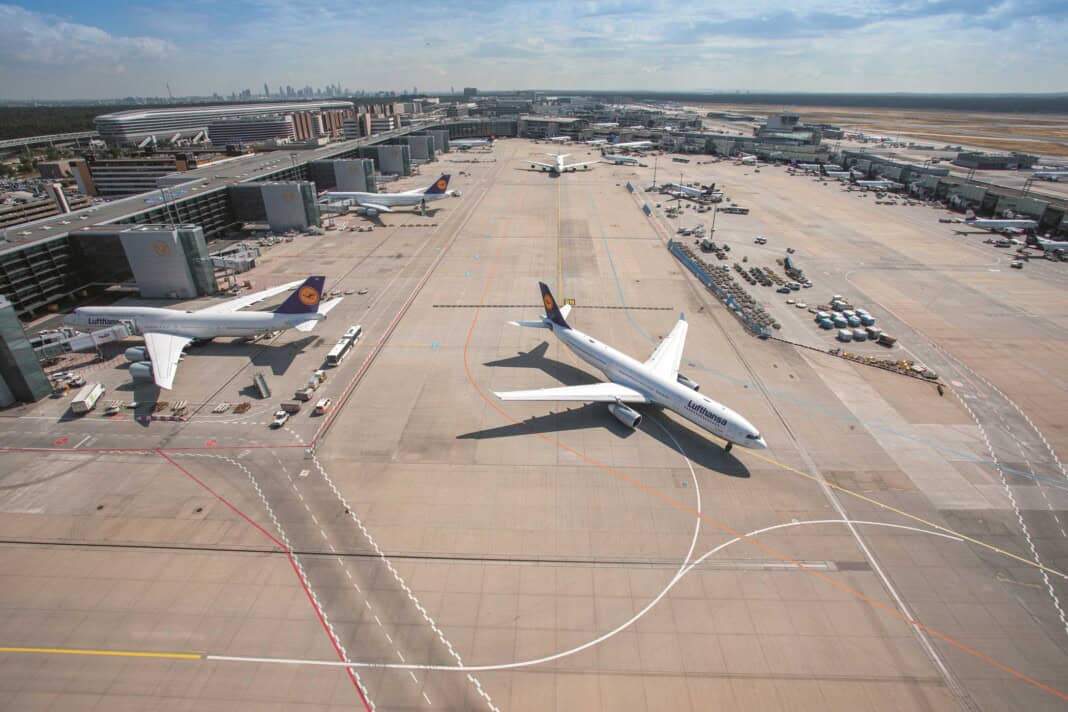
 Washington Dulles Airport records record numbers (Washington Dulles Airport records record numbers)
Washington Dulles Airport records record numbers (Washington Dulles Airport records record numbers)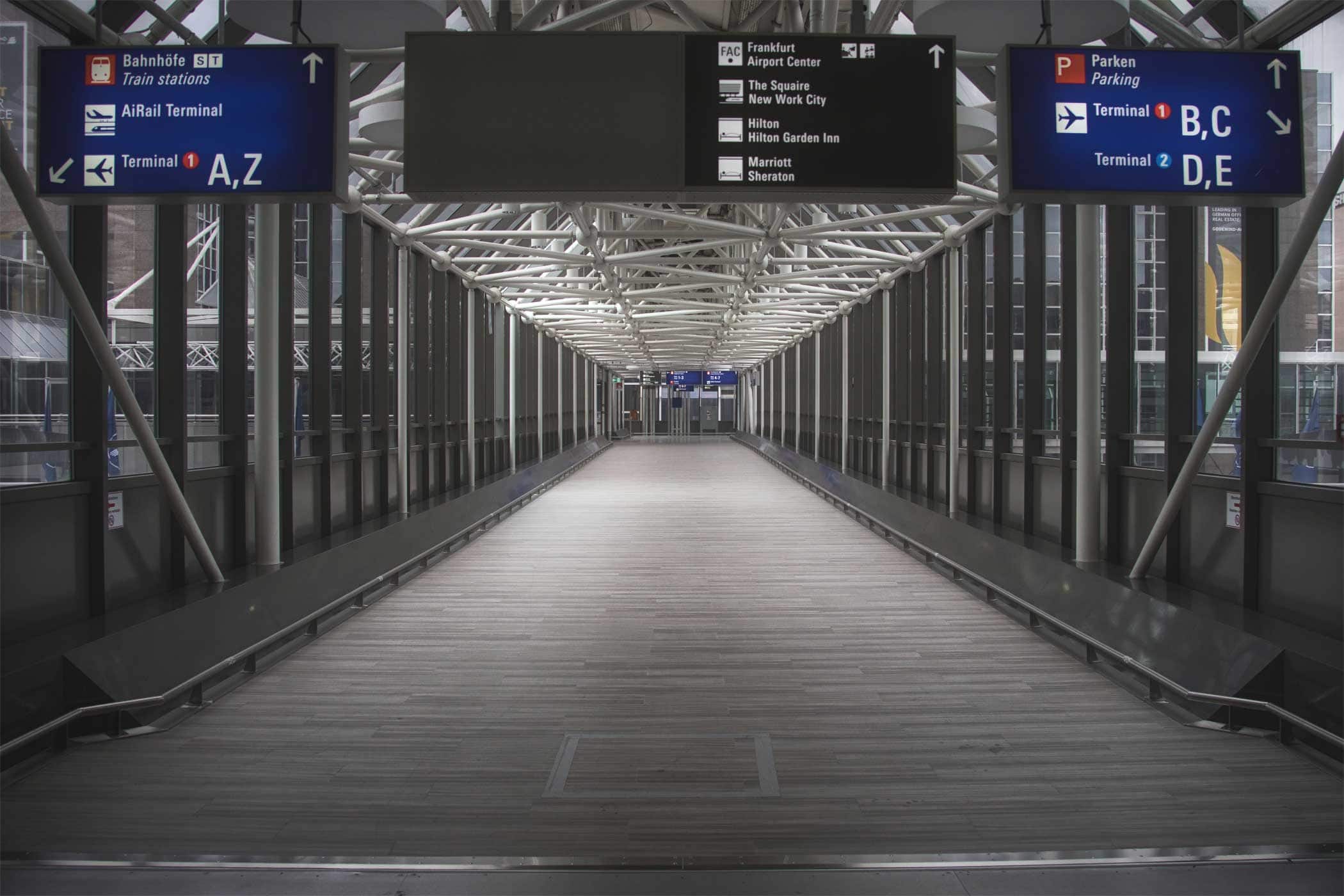 ver.di announces warning strikes at airports – The background (ver.di announces warning strikes at airports – The background)
ver.di announces warning strikes at airports – The background (ver.di announces warning strikes at airports – The background)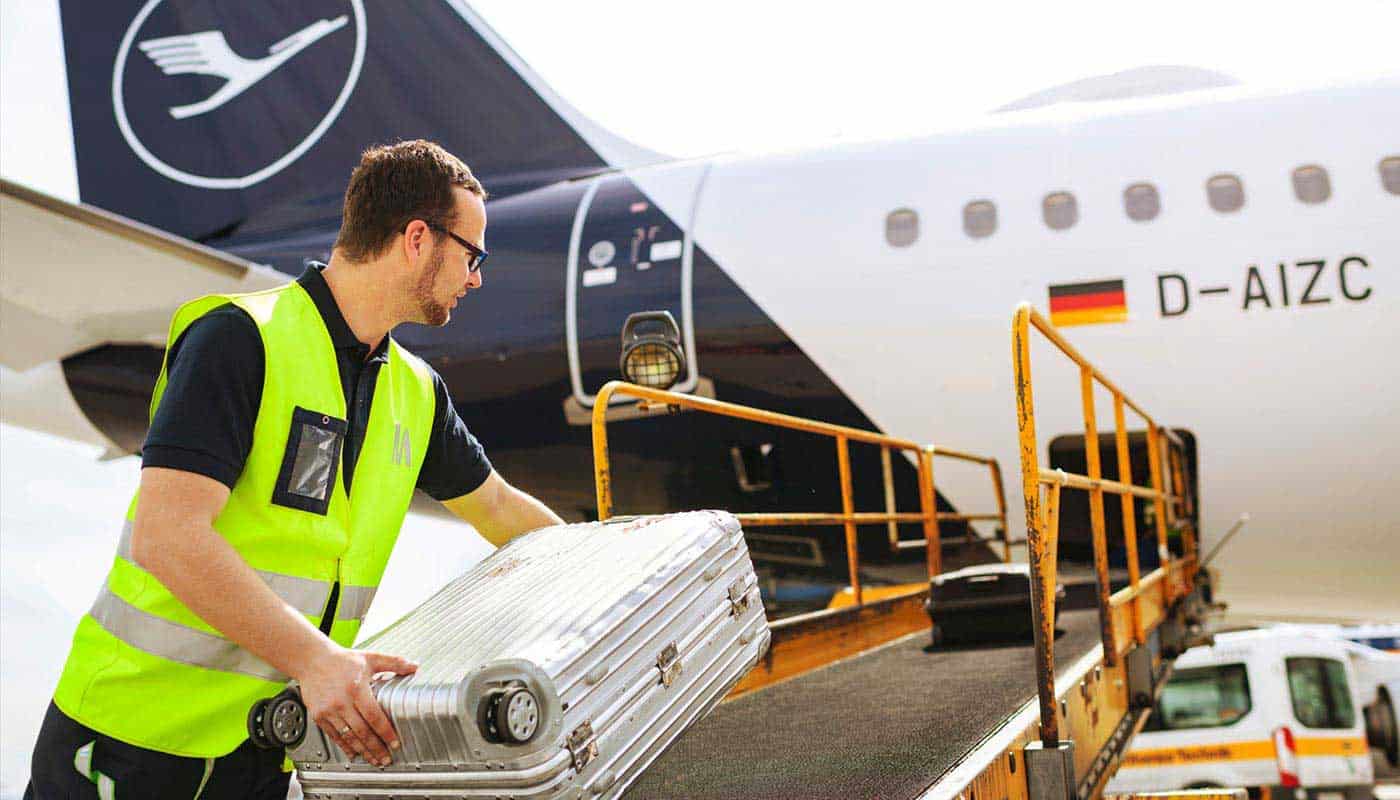 Munich Airport GmbH sells handling to AXS Group (Munich Airport GmbH sells handling to AXS Group)
Munich Airport GmbH sells handling to AXS Group (Munich Airport GmbH sells handling to AXS Group) Memmingen Airport expects significant growth during the holidays (Memmingen Airport expects significant growth during the holidays)
Memmingen Airport expects significant growth during the holidays (Memmingen Airport expects significant growth during the holidays)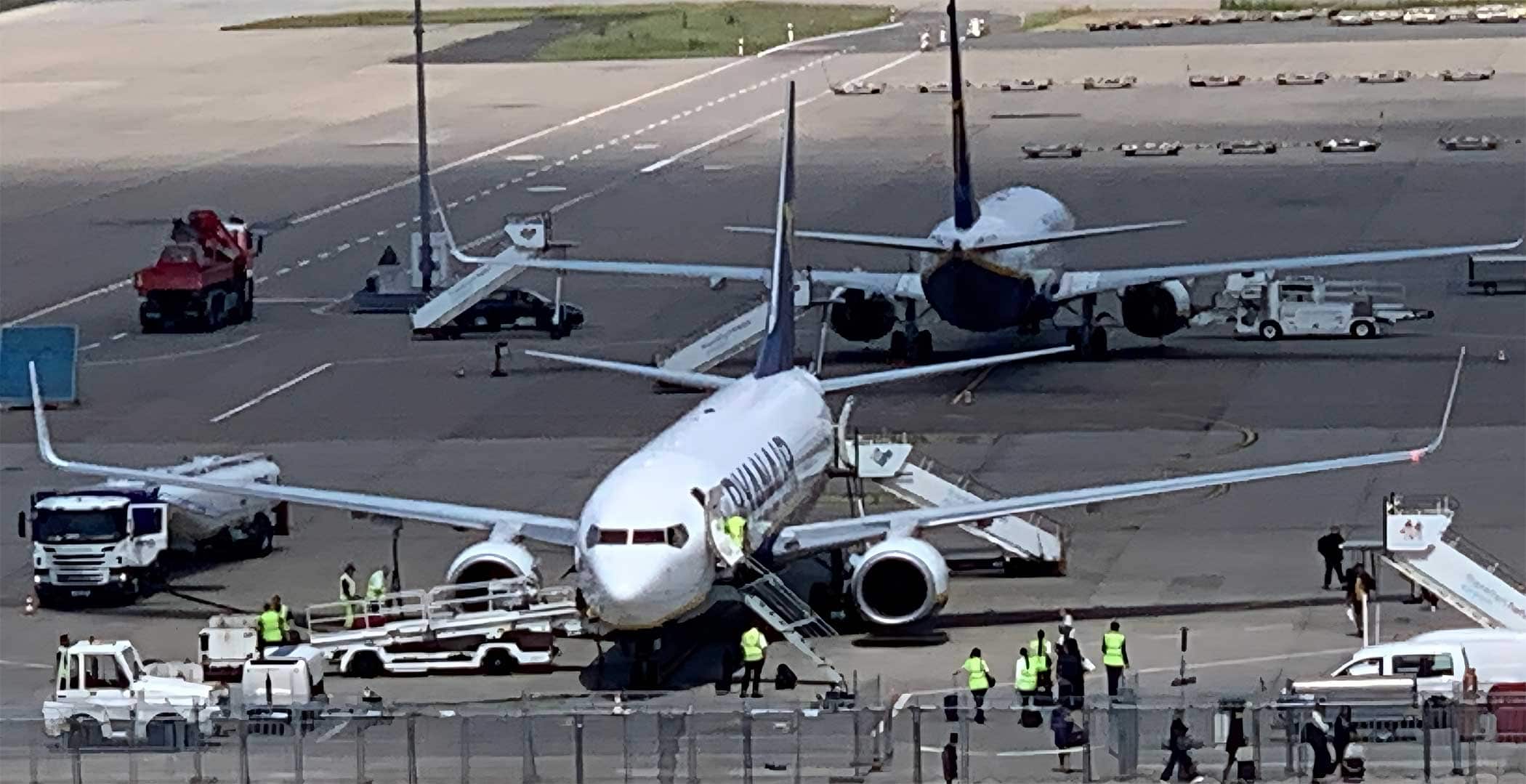 Hahn Airport reports growth in passenger numbers and freight (Hahn Airport reports growth in passenger numbers and freight)
Hahn Airport reports growth in passenger numbers and freight (Hahn Airport reports growth in passenger numbers and freight)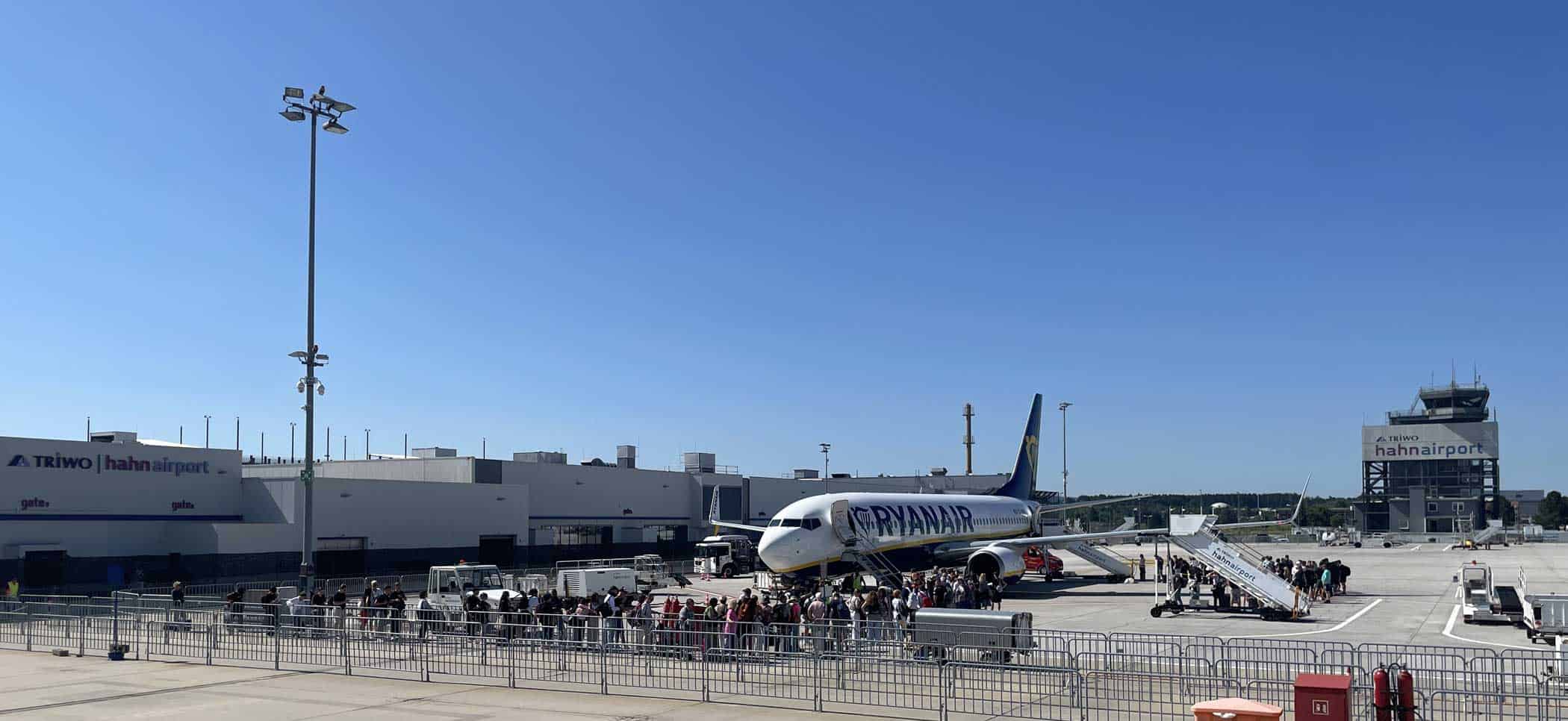 Hahn Airport records passenger and freight growth in the first half of the year (Hahn Airport records passenger and freight growth in the first half of the year)
Hahn Airport records passenger and freight growth in the first half of the year (Hahn Airport records passenger and freight growth in the first half of the year)

